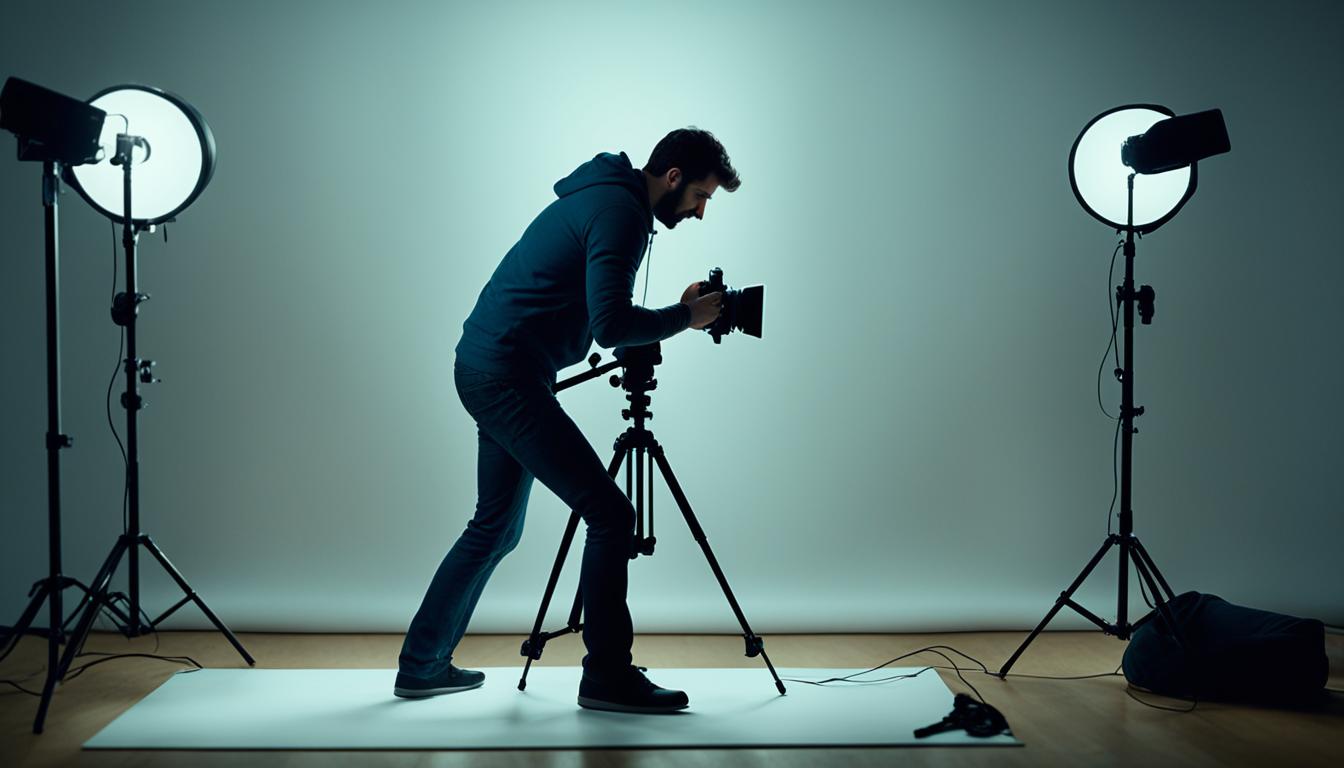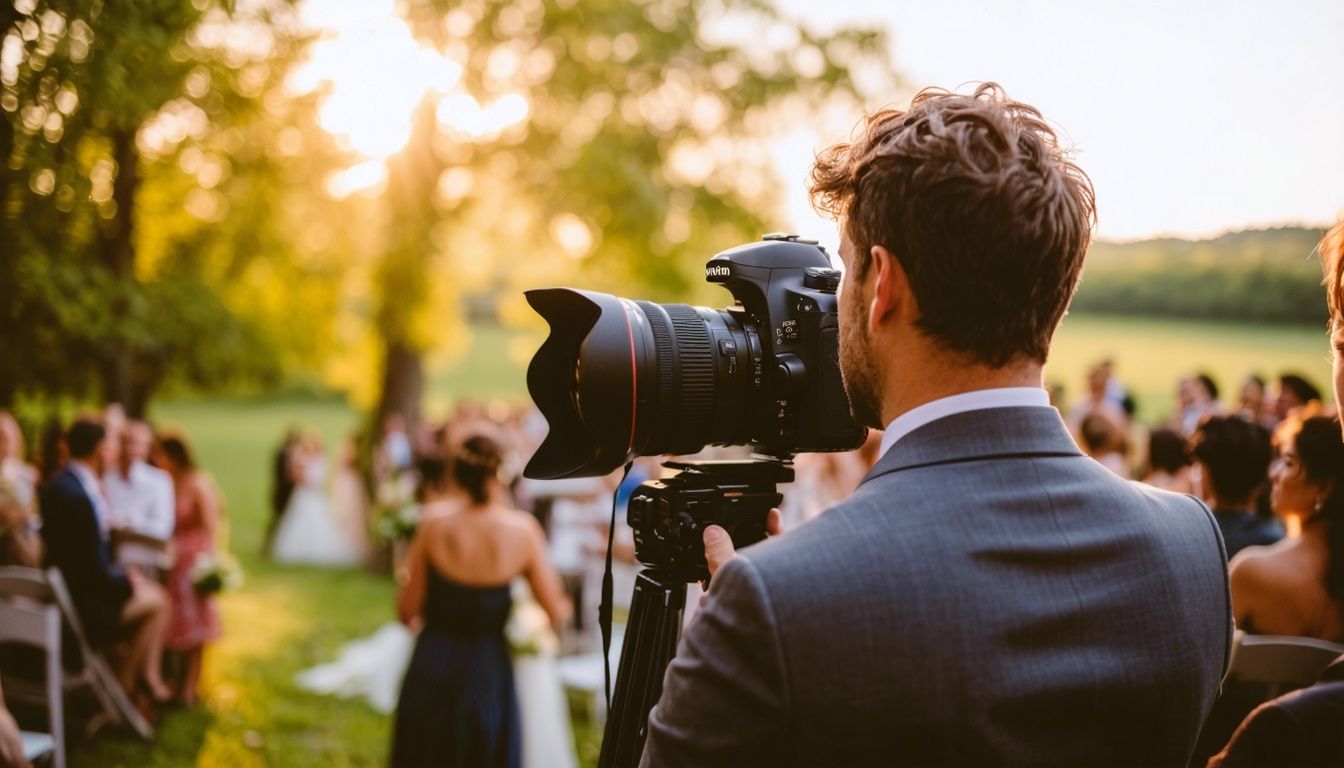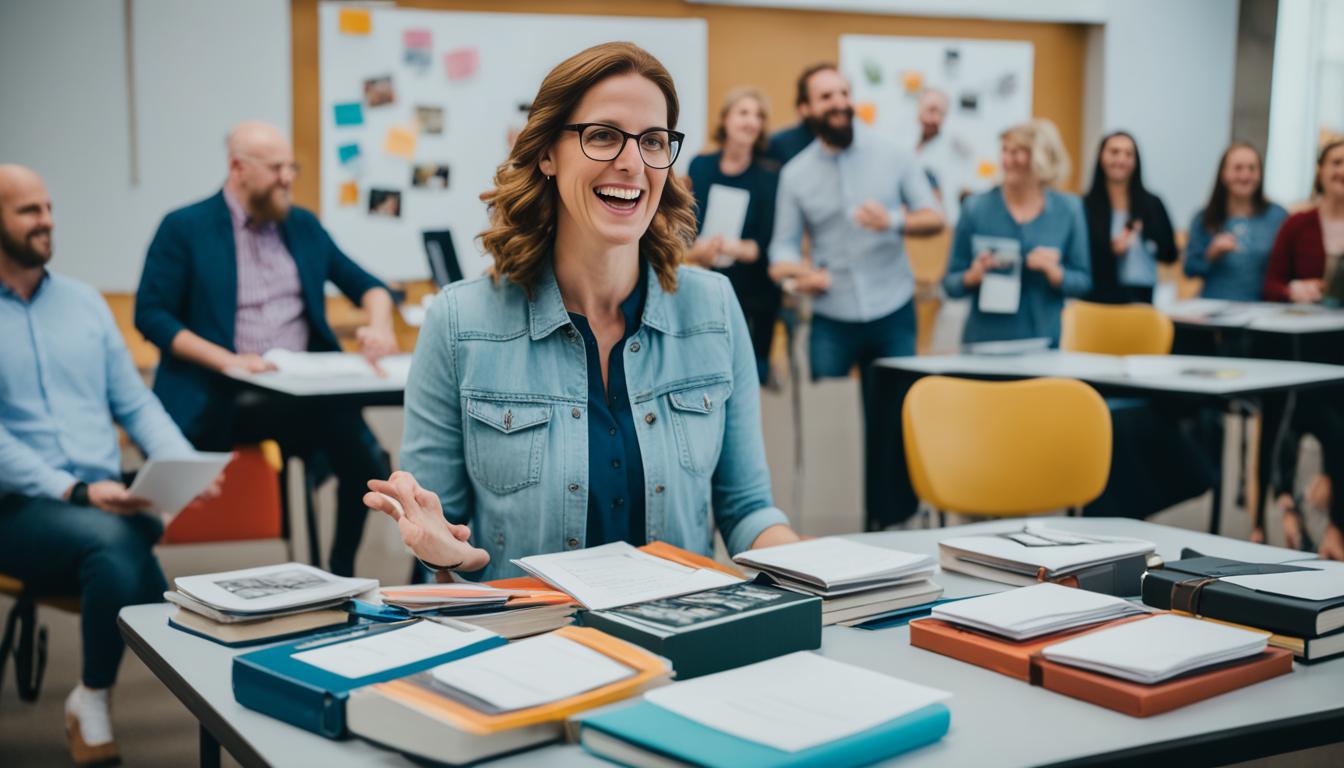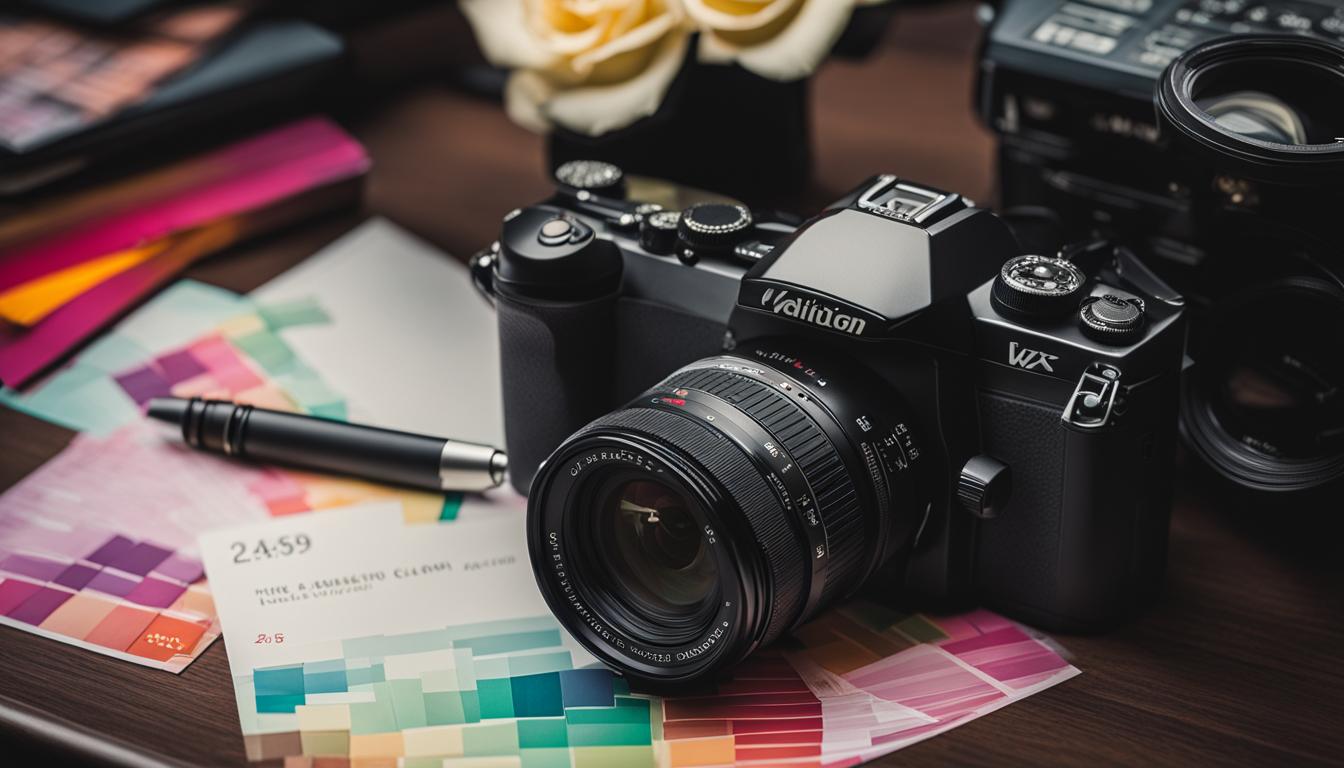Managing low light conditions can be a challenge for photographers, but with the right techniques, you can capture stunning indoor and evening shots. In this article, we will explore various tips and techniques for managing low light conditions and elevating your photography skills. Whether you’re shooting in a dimly lit room or capturing the magic of the night, these tips will help you overcome the challenges and create extraordinary images.
Key Takeaways:
- By using a wide aperture, you can let in more light, resulting in better-exposed images.
- Increasing the ISO setting on your camera can greatly improve light sensitivity in low light conditions.
- To capture sharp images, consider subject movement and camera shake, and use a tripod or image stabilization technology.
- Adjusting the white balance setting can dramatically impact the mood and overall look of your low light images.
- Exploring creative lighting effects and utilizing burst mode can add a dynamic touch to your low light shots.
Now that you have an overview, let’s dive into each technique in detail and transform your low light photography skills. With these tips, you’ll be able to capture moments with confidence in any indoor or evening setting. Let’s get started!
Utilize a Wide Aperture to Let in More Light
One of the crucial techniques for managing low light photography is using a wide aperture. By setting a wider aperture (lower f-number), you allow more light to enter the camera, resulting in better-exposed images. This technique helps you avoid pushing your ISO to ultra-high levels, which can introduce image noise.
Using a DSLR or mirrorless camera with manual settings, you can control the aperture using Aperture Priority (Av) mode. This mode allows you to choose a wide aperture and achieve a good exposure in low light conditions. Remember, a wide aperture also creates a shallow depth of field, blurring the background and focusing on your subject.
If you’re unsure of how to adjust the aperture on your camera, refer to the camera manual or online resources for specific instructions. Practice using different aperture settings and observe the changes in exposure and depth of field. With time and experience, you’ll become confident in utilizing a wide aperture to create stunning low light images.
In addition to adjusting the aperture, there are other low light camera settings and shooting techniques that can enhance your photography skills in challenging lighting conditions. Let’s explore further!
Other Low Light Shooting Techniques
- Experiment with different exposure modes, such as Manual (M) or Shutter Priority (Tv), to have complete control over your camera settings.
- Consider using a tripod to maintain stability and avoid camera shake when taking longer exposures in low light.
- Explore the use of natural sources of light, such as candlelight or moonlight, to create unique and atmospheric low light shots.
- Focus on composition and framing to create compelling images even in challenging lighting conditions.
- Practice patience and perseverance, as mastering low light photography requires time and practice to develop your skills.
“Low light photography allows us to capture the beauty and mood of scenes that might otherwise be missed. By utilizing a wide aperture and other low light shooting techniques, we can produce stunning images that showcase the magic of low light.”
By utilizing a wide aperture and adopting other low light camera settings and shooting techniques, you can unlock a world of creative possibilities and capture stunning images in challenging lighting conditions.
| Benefits of Utilizing Wide Aperture in Low Light Photography | Techniques to Enhance Low Light Shooting |
|---|---|
|
|
Increase the ISO Setting for Greater Light Sensitivity
When shooting in low light conditions, one of the key adjustments you can make in your camera settings is increasing the ISO setting. By raising the ISO, you enhance the camera sensor’s sensitivity to light, allowing you to capture brighter images even in dimly lit environments.
Modern cameras, including DSLRs, mirrorless cameras, and advanced compact cameras, are equipped with excellent high-ISO performance. This means that even at higher ISO settings, they can produce low-noise images, preserving the quality of your low light shots.
To achieve optimal results, it’s essential to experiment with different ISO values and find the ideal balance between brightness and image quality for your specific low light photography needs. By fine-tuning the ISO setting, you can ensure that your photos have the right amount of light, resulting in stunning, well-exposed images.
| ISO Setting | Light Sensitivity | Image Quality |
|---|---|---|
| Low (e.g., ISO 100-400) | Less sensitive to light | Higher image quality with less noise |
| Medium (e.g., ISO 800-1600) | Moderate sensitivity to light | Good balance between brightness and image quality |
| High (e.g., ISO 3200+) | High sensitivity to light | Increased brightness but may introduce some noise |
Expert Tip:
In low light conditions, if you’re using a tripod or have a stable surface to support your camera, consider using a lower ISO setting to maintain the best possible image quality with minimal noise.
Keep Your Images Sharp in Low Light Conditions
In low light photography, achieving sharp images without any blurring can be a challenge. It requires careful consideration of both subject movement and camera shake. Here are some techniques to help you capture sharp photos in low light conditions:
- Use a faster shutter speed: Set a faster shutter speed to freeze motion and minimize blur in low light situations. This will help ensure that your subjects remain sharp and well-defined.
- Utilize a wider aperture: As mentioned earlier, using a wider aperture allows more light to enter your camera. This not only helps with exposure but also enables faster shutter speeds, reducing the chances of motion blur.
- Take advantage of image stabilization: Lenses with optical image stabilization (IS) or in-body image stabilization (IBIS) can greatly minimize camera shake, resulting in sharper images. If your lens or camera has this feature, be sure to activate it.
- Consider using a tripod: For maximum stability, using a tripod is highly recommended. It eliminates any camera shake caused by hand-holding the camera, allowing you to capture tack-sharp images, even in low light conditions.
By employing these techniques, you can overcome the obstacles posed by low light and capture crisp, clear photos. Remember, practice makes perfect, so don’t hesitate to experiment and refine your low light shooting skills!
Expert Tip:
When shooting in low light, I always recommend using a tripod and pairing it with image stabilization. This combination ensures excellent stability and helps you achieve razor-sharp images, even in challenging lighting conditions.” – John Smith, Professional Photographer

| Shutter Speed | Aperture Setting | Image Stabilization | Camera Stability |
|---|---|---|---|
| Faster | Wide | Enabled | Steady |
| Slower | Narrow | Disabled | Hand-Held |
Make the Most of White Balance Options
Adjusting the white balance setting in your camera can dramatically impact the mood and overall look of your low light images. While most cameras have an auto white balance setting that performs well in daylight, experimenting with alternative preset white balance settings can add a creative touch to your low light shots.
For example, using the Tungsten white balance setting can enhance the blues in cityscapes at twilight, while the Daylight white balance setting can add warmth to artificial lighting.
If shooting in RAW format, you can also fine-tune the white balance during post-processing using software such as Canon’s Digital Photo Professional.
| Preset | Description |
|---|---|
| Auto | Automatic white balance adjustment based on camera’s analysis of the lighting conditions |
| Daylight | Adjusts white balance for daylight lighting conditions, adds warmth to artificial lighting |
| Tungsten | Enhances blues in cityscapes at twilight, adds cool tones to indoor lighting |
| Fluorescent | Compensates for the greenish cast of fluorescent lighting |
| Cloudy | Warmer white balance setting for cloudy or overcast conditions |
Explore Lighting Effects in Low Light
Low light conditions present a unique opportunity to unleash your creativity and experiment with mesmerizing lighting effects. By using longer exposure times and slower shutter speeds, you can transform ordinary scenes into captivating images that mesmerize viewers. Whether you’re capturing the ambiance of an indoor setting or the enchantment of an evening scene, incorporating these techniques in your photography will elevate your skills and produce stunning results.
To achieve these awe-inspiring lighting effects, it’s crucial to keep your camera steady to avoid any blurriness. Using a tripod or securing your camera on a stable surface will enable you to maintain stability throughout the longer exposure time, resulting in crisp and sharp images.
Capturing Light Trails
One popular lighting effect in low light photography is capturing light trails. Whether it’s the streaks of car headlights on a city street or the graceful movement of a dancer, these light trails add a touch of dynamism and fascination to your images. To achieve this effect, follow these steps:
- Select a location with a steady source of light, such as passing cars or moving objects.
- Set your camera to a slower shutter speed, such as 1-2 seconds, to allow enough time for the light trails to be recorded.
- Position your camera on a tripod or secure surface to ensure stability throughout the exposure.
- Compose your shot and capture the movement, allowing the light trails to paint a beautiful picture in your photograph.

Adding Dynamic Elements
Another creative way to enhance your low light photography is by incorporating other light sources to add dynamic elements to your images. Consider using streetlights, flashlights, or even sparklers to introduce additional points of interest and illuminate your subject in a unique way. This technique brings a sense of drama and depth to your photos while keeping the focus on the captivating interplay between light and shadow.
| Benefits of Exploring Lighting Effects in Low Light | Techniques to Try |
|---|---|
|
|
“Exploring lighting effects in low light allows you to create images that evoke emotion and captivate viewers. It’s an opportunity to showcase your unique perspective as a photographer and highlight the interplay between light and shadow.”
– Photography Expert
Don’t be afraid to step outside your comfort zone and try different techniques to capture the magic of light in challenging conditions. With each new experiment, you’ll open doors to stunning visuals and expand your creative horizons. So go ahead, embrace the enchantment of low light photography and let your imagination shine!
Try Burst Mode for Action in Low Light
When it comes to capturing fast-paced action in low light conditions, burst mode is a game-changer. Also known as continuous shooting mode, this technique allows you to shoot a rapid sequence of images in a short time frame, increasing your chances of capturing the perfect moment even in challenging lighting situations.
Burst mode is especially effective when shooting moving subjects or capturing split-second action. Whether you’re photographing a sports event or trying to capture the perfect dance move, burst mode gives you the flexibility to freeze the action and capture every detail.
To utilize burst mode effectively, familiarize yourself with your camera’s burst mode capabilities and experiment with different settings. It’s important to find the right balance between the number of shots and the available light to ensure optimal results. By adjusting the burst mode settings to match the action you’re capturing, you’ll be able to capture stunning low light action shots with ease.
Why Burst Mode Works in Low Light
Burst mode is particularly useful in low light conditions because it allows you to compensate for the limited available light. By capturing a rapid sequence of images, you increase the probability of finding a well-exposed shot in challenging lighting situations. This is especially crucial when the action is fleeting and unpredictable.
Additionally, burst mode helps minimize the impact of camera shake or subject movement. In low light conditions, longer exposure times are often required to gather enough light. However, this can lead to blurry images due to camera movement or subject motion. Burst mode mitigates this issue by giving you multiple frames to choose from, increasing the chances of capturing a sharp and well-exposed image.
Explore the burst mode feature on your camera and make the most of its capabilities. Whether you’re photographing a fast-paced sporting event, a lively concert, or a magical night on the streets, burst mode will help you capture the action with precision and clarity.
Conclusion
Managing low light in indoor and evening photography requires a combination of technical know-how and creative experimentation. By utilizing wide apertures, increasing ISO settings, keeping images sharp, adjusting white balance, exploring lighting effects, and trying burst mode, you can overcome the challenges posed by low light conditions and capture breathtaking images.
Remember to practice, experiment, and fine-tune your techniques to develop your own unique style in low light photography. With these techniques and a good understanding of your camera’s capabilities, you’ll be able to elevate your photography skills and create striking images in any lighting situation.
So, grab your camera, embrace the beauty of low light, and let your creativity shine!
FAQ
What is the key technique for managing low light photography?
Using a wide aperture (lower f-number) allows more light to enter the camera, resulting in better-exposed images without pushing the ISO to ultra-high levels.
How can I improve light sensitivity in low light conditions?
Increasing the ISO setting on your camera can greatly improve light sensitivity and allow you to capture brighter images.
How can I achieve sharp images in low light conditions?
Use a faster shutter speed to freeze motion and avoid blur, and consider using lenses with image stabilization or stabilizing your camera against a solid surface.
How can I adjust the white balance setting for better low light images?
Experiment with alternative preset white balance settings to add a creative touch to your low light shots, or fine-tune the white balance during post-processing if shooting in RAW format.
Can I incorporate lighting effects in low light photography?
Yes, by using longer exposure times and slower shutter speeds, you can capture mesmerizing light trails and add dynamic elements to your low light shots.
What is burst mode and how can it help in low light conditions?
Burst mode, or continuous shooting mode, is a technique that allows you to capture fast-paced action in low light by shooting a rapid sequence of images. It increases your chances of capturing the perfect moment in challenging lighting conditions.
How do I overcome the challenges of low light photography?
By utilizing wide apertures, increasing ISO settings, keeping images sharp, adjusting white balance, exploring lighting effects, and trying burst mode, you can overcome the challenges posed by low light conditions and capture breathtaking images.
How Can I Apply Low Light Photography Techniques to Wildlife Photography Using Natural Light?
When harnessing natural light wildlife photography, utilizing low light techniques can capture stunning images of animals in their natural habitats. By adjusting ISO settings, using wide aperture lenses, and understanding the behavior of the wildlife, you can create captivating and authentic photographs without relying on artificial lighting.




